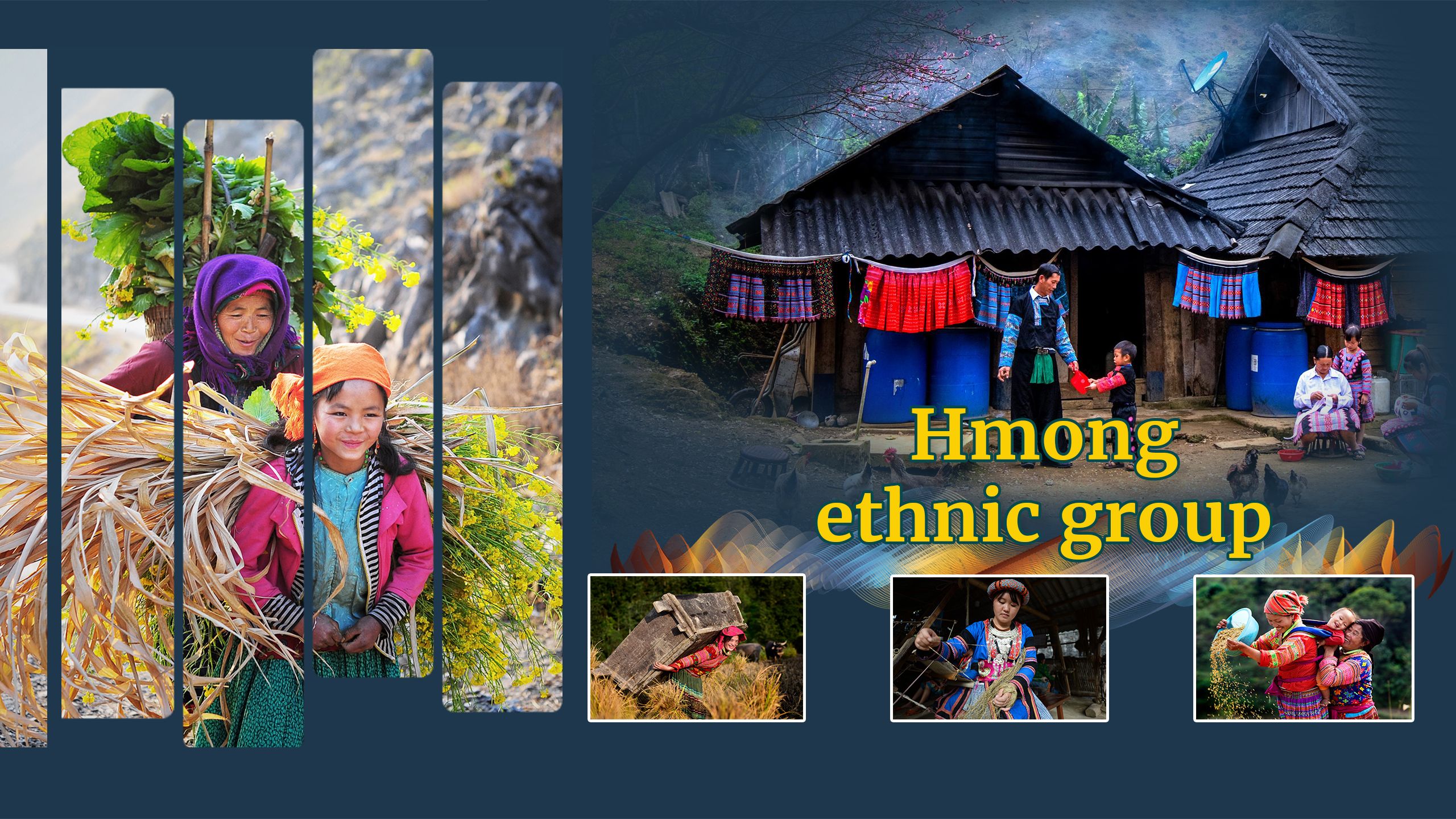
The Hmong ethnic group, which migrated into Vietnam a long time ago, is one of the ethnic groups with a large population in Vietnam.
Hmong ethnic group
The Hmong ethnic group, which migrated into Vietnam a long time ago, is one of the ethnic groups with a large population in Vietnam.
1. History
About 4,000 – 5,000 years ago, the Hmong and Dao ethnic groups were pushed out from the land of San Miao in China by the Han people. They then suffered wars and migrations lasting thousands of years. In the late 17th and early 18th centuries, they began to migrate into Southeast Asia.
Based on the colours and characteristics of costumes as well as their dialects, the Hmong in Vietnam are divided into 4 sub-groups: White Hmong, Black Hmong, Green Hmong, and Flower Hmong.
2. Population
According to the 2019 Survey of 54 ethnic minorities, conducted by Committee for Ethnic Minority Affairs and General Statistics Office, there are 1,393,547 Hmong people in Vietnam as of April 1, 2019.
3. Language
The Hmong ethnic language belongs to the Hmong-Dao language family.
4. Geographical distribution
Hmong people mainly reside in the provinces of Ha Giang, Son La, Dien Bien, Lao Cai, Lai Chau, Yen Bai, Thanh Hoa, Nghe An, Dak Lak, and Dak Nong. The H'mong have also migrated to many other provinces such as Cao Bang, Bac Kan, and Lam Dong.
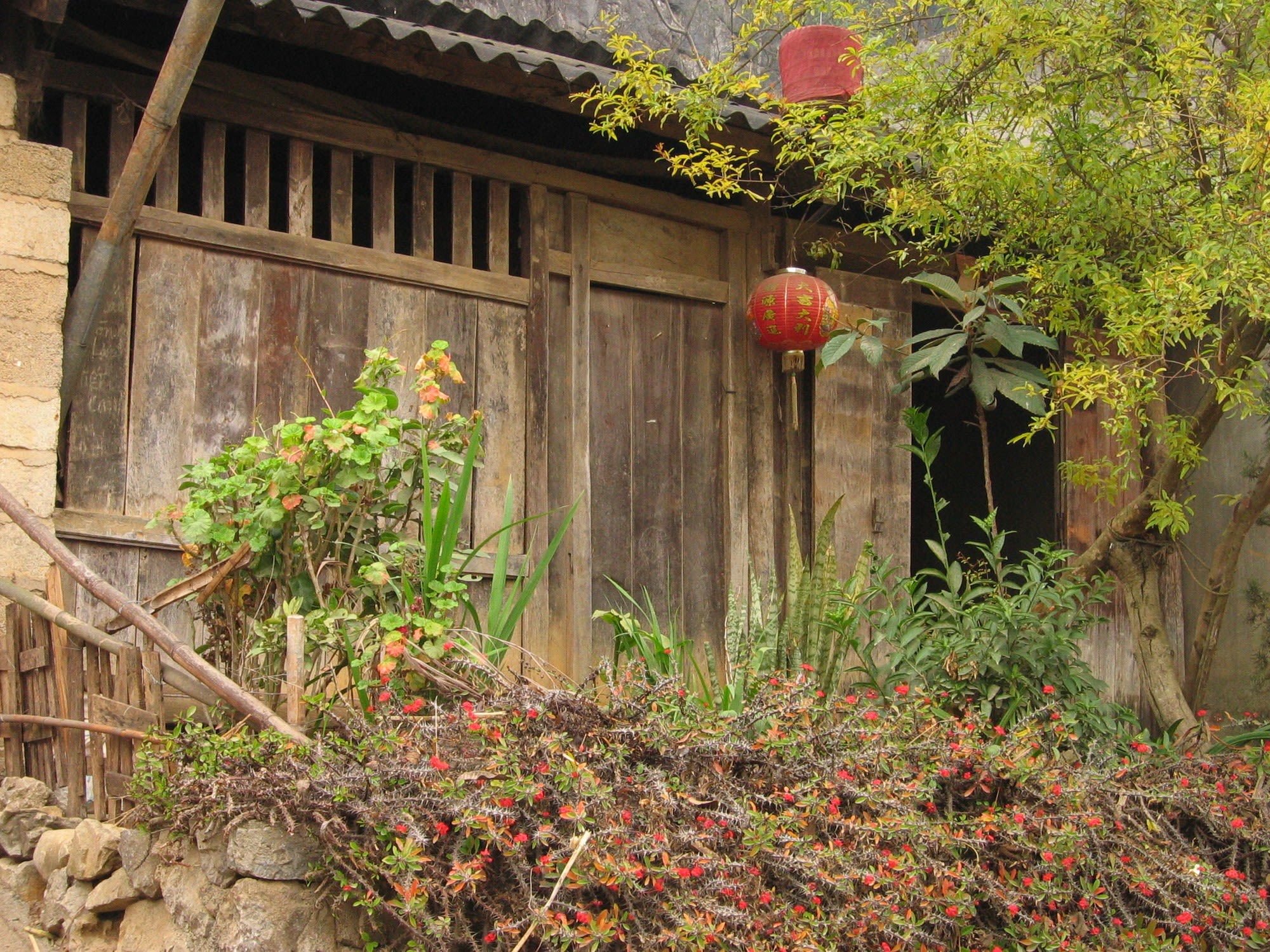
A wooden house of the Hmong people in Dong Van District, Ha Giang Province.
A wooden house of the Hmong people in Dong Van District, Ha Giang Province.
5. Main features
- Housing: Houses on stilts, wooden houses with thatched roofs, or houses with earthen walls. The house typically consists of three compartments and two lean-tos, with two to three doors. An altar is placed in the middle compartment of the house.
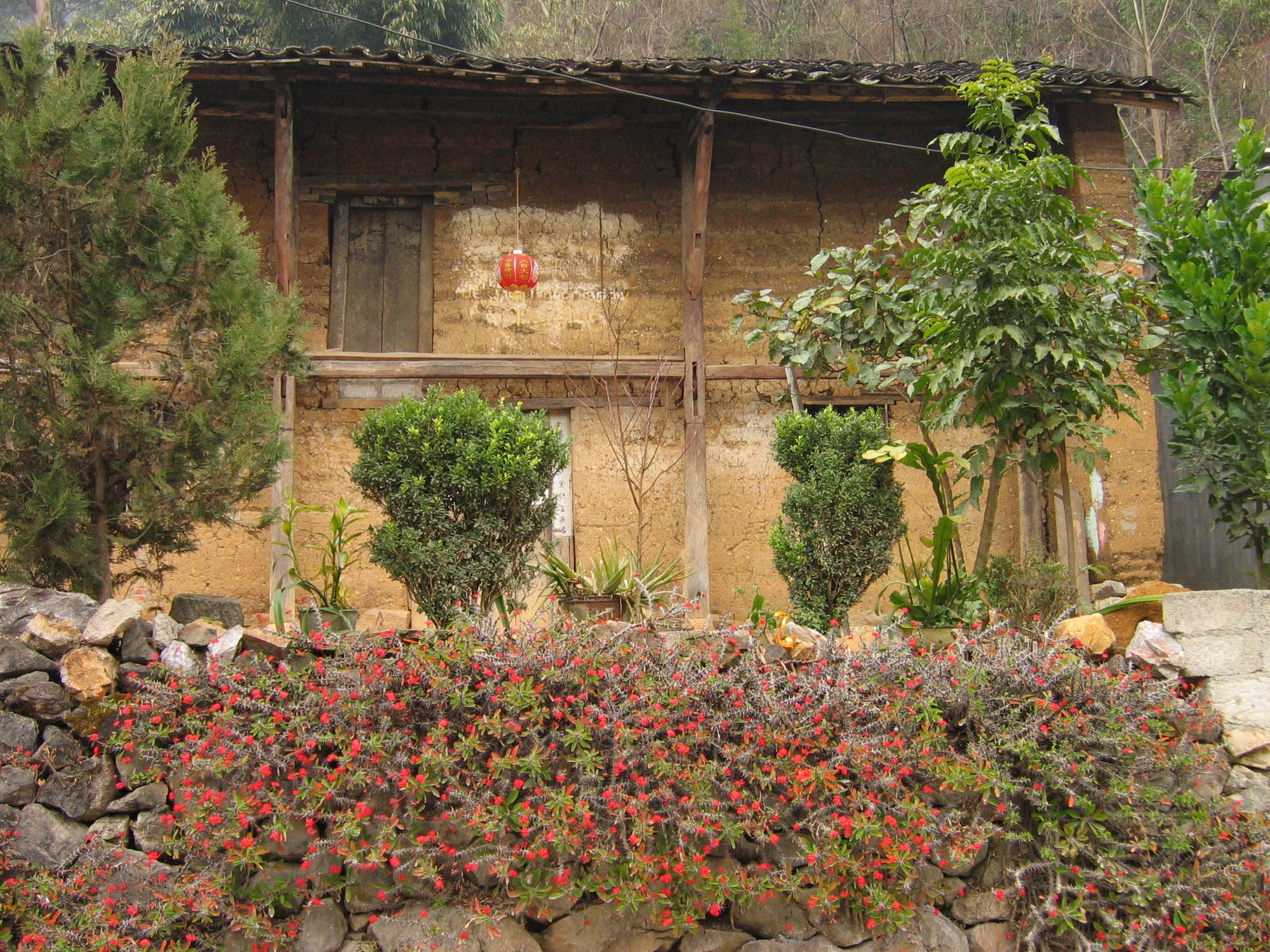
A Hmong house with earthen walls and stone fence in Dong Van District, Ha Giang Province.
A Hmong house with earthen walls and stone fence in Dong Van District, Ha Giang Province.
In the rocky mountainous areas, each house has a separate campus separated from each other by 2m-high stone walls.
- Family structure: Patriarchal.
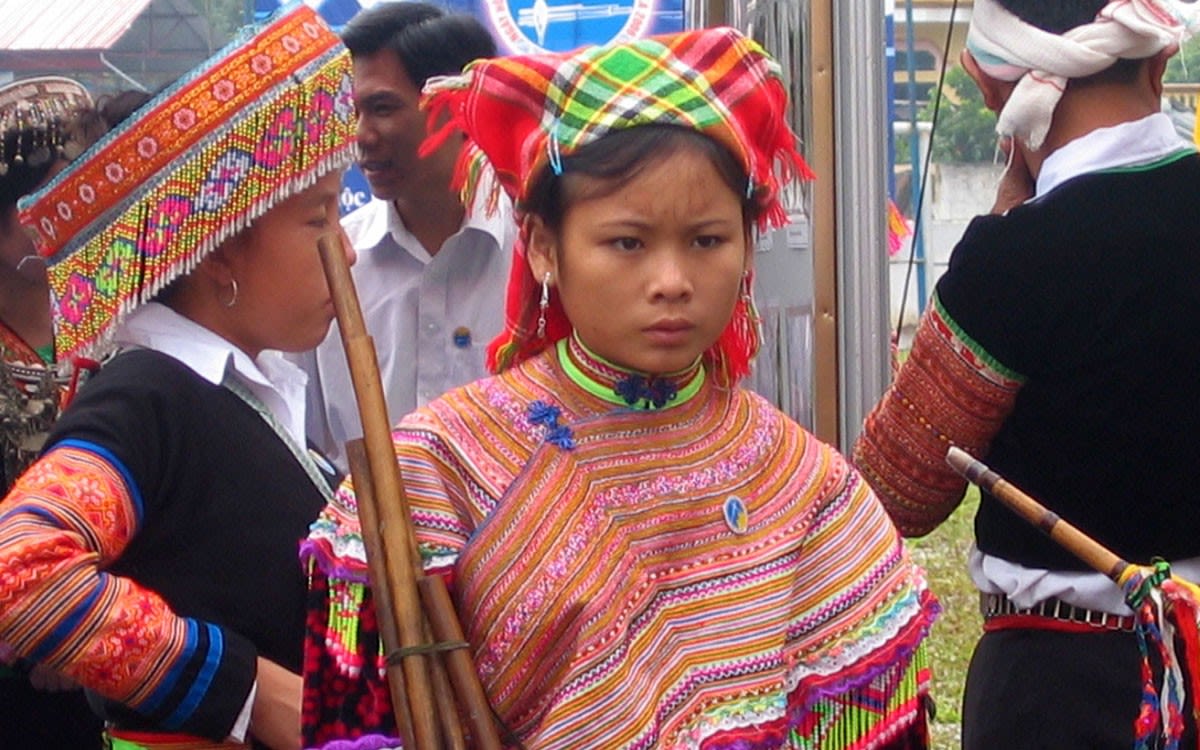
Hmong ethnic girls in Moc Chau District, Son La Province
Hmong ethnic girls in Moc Chau District, Son La Province
- Traditional costumes: The costumes of the Hmong are very colourful and diverse.
White Hmong women grow flax, weave linen. They wear white skirts with V-neck collar and embroidered patterns on sleeves. They shave some of their hair, and wear wide-brimmed scarves around their heads.
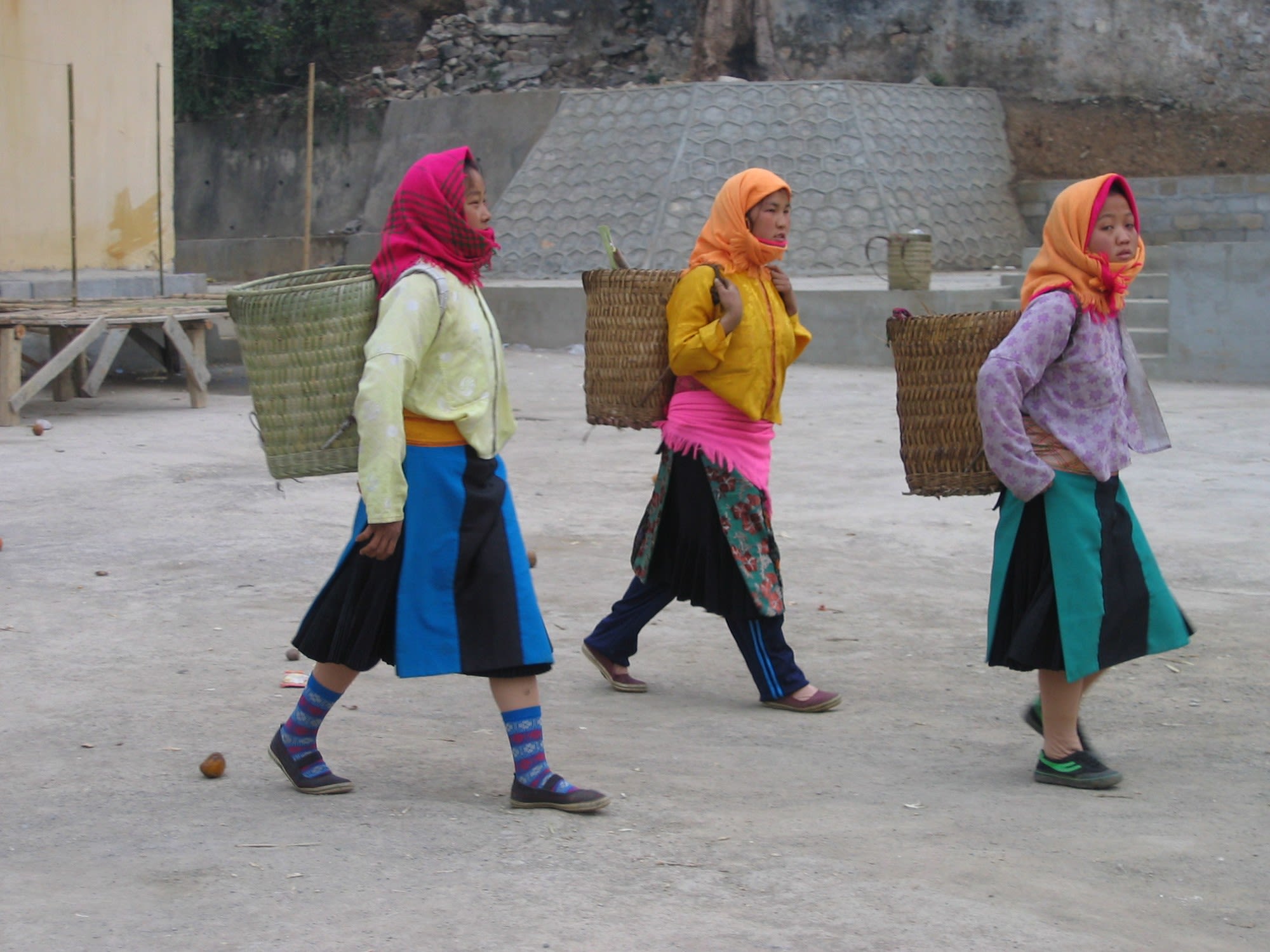
Hmong ethnic women go shopping at Dong Van Market, Ha Giang Province.
Hmong ethnic women go shopping at Dong Van Market, Ha Giang Province.
The Flower Hmong women wear indigo skirts with embroidered or printed patterns with beeswax. Their tank top has coloured and embroidered fabrics on shoulders and chest. They have long hair, and braid their hair with a wig.
Black Hmong women wear skirts made of indigo fabric, printed with patterns with beeswax, and shirt with V-neck collar.
Green Hmong women wear tube skirts. Married Green Hmong women arrange their hair in a chignon or bun on the top of their head, fastened with a little bone or animal hoof comb, and wear a scarf outside. Their clothing is decorated with pieces of coloured fabric or embroidered patterns in the shapes of snails, squares, ovals, and crosses.
Men: Black clothes, short blouses, long pants, with a headscarf.
- Diet: Typical dishes of Hmong people include ‘men men’ (maize cake), cakes made with corn flour, rice, corn wine, rice wine, ‘thang co’ (hot pot with a mixture of horse or goat meat and internal organs)
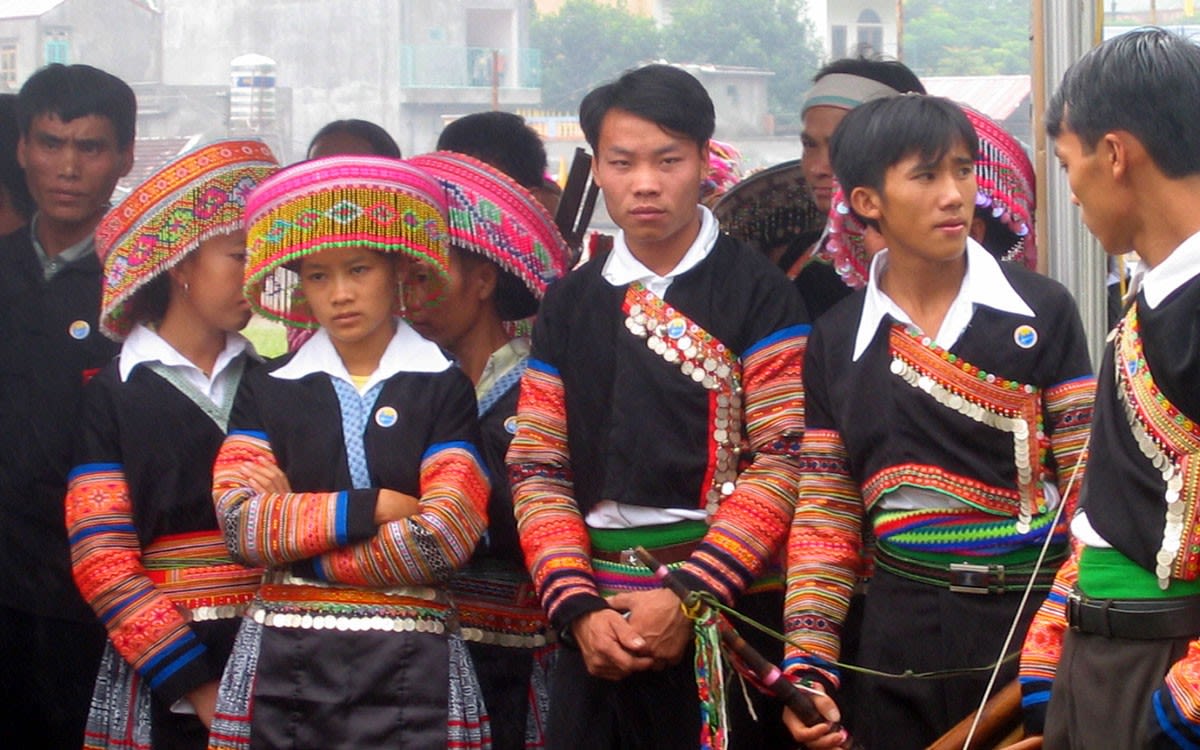
Hmong people at their traditional festival in Moc Chau District, Son La Province.
Hmong people at their traditional festival in Moc Chau District, Son La Province.
- Festivals: The Hmong people celebrate the traditional New Year from the beginning of the 12th lunar month, one month earlier than the Lunar New Year.
In some places, the Hmong also celebrate Independence Day on September 2 every year.
- Belief: The Hmong worship God. In addition, due to the influence of Animism, Hmong people believe that everything has a spirit, and when it is gone, its soul will turn into a ghost. If a person passes away, their spirit turns into an ancestor's ghost and they are worshiped by the descendants at the altar in the house.
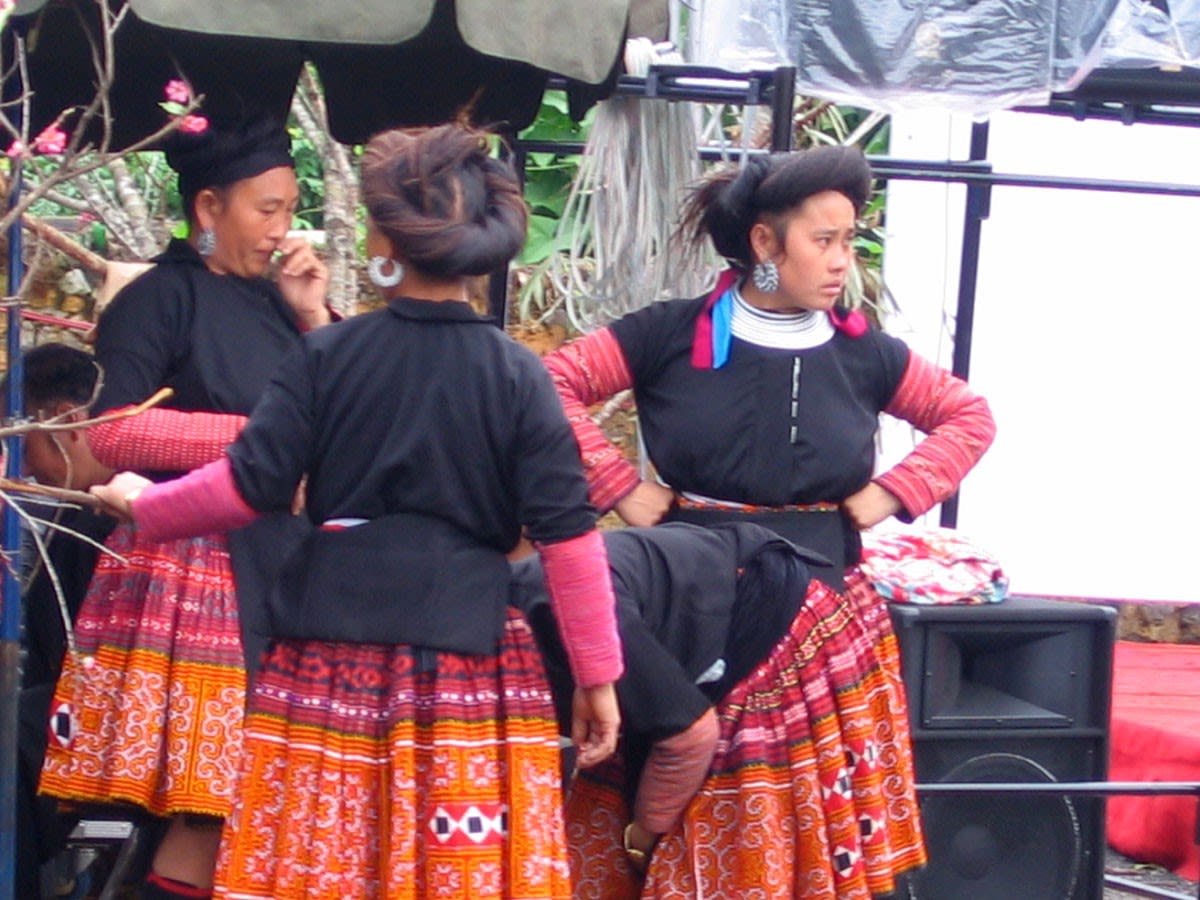
Hmong ethnic women and unique hair style.
Hmong ethnic women and unique hair style.
Additionally, the Hmong people are also influenced by Confucianism, Taoism and Buddhism, but these religions are blended with Animism. In the Hmong ethnic community, the shaman always acts as a connector between human and divine. In addition to worship their ancestors, each Hmong family also worships kitchen ghosts, door ghosts, and chamber ghosts. Members of a family clan worship the family clan’s ghosts. At the community level, people worship the guardian and earth deities of the village. Hmong people also practice rituals to pray for rain or sun, and to kick off the period of killing insects.
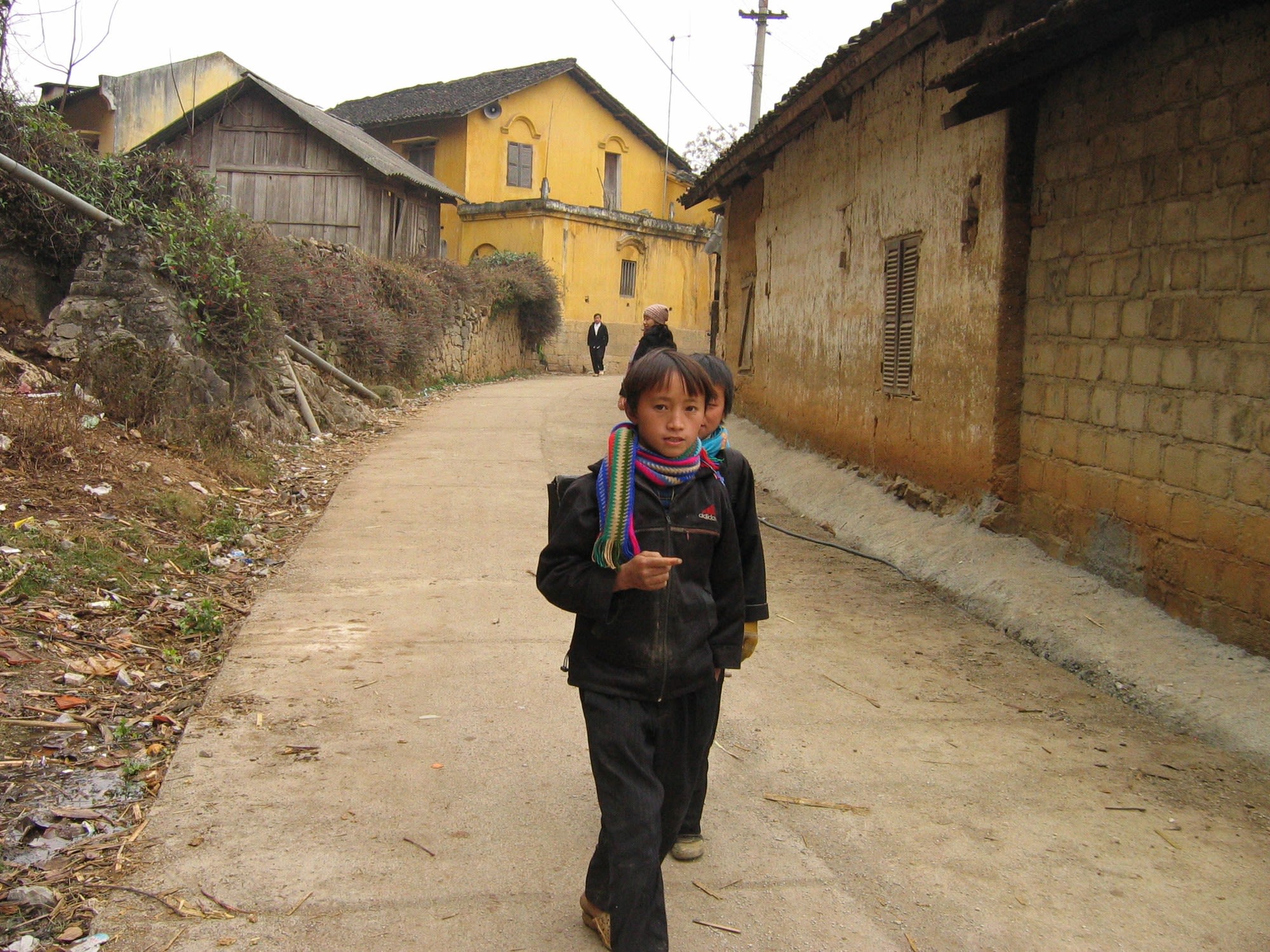
Hmong children in Dong Van District, Ha Giang Province.
Hmong children in Dong Van District, Ha Giang Province.
- Economic conditions: Hmong people mainly earn living from agricultural production, such as cultivation, animal husbandry, hunting, fishing, and gathering. In addition, the Hmong people practice handicrafts, trade activities and other occupations. According to the ‘Basic characteristics of 54 ethnic minorities in 2019’ survey conducted by Committee for Ethnic Minority Affairs and General Statistics Office, the poverty rate in Hmong ethnic community is 52.6%; the rate of near-poor households is 12.8%; the unemployment rate is 1%; the percentage of trained workers with certificates is 4.2%; the percentage of the labour force involved in non-agricultural activities is 5.2%; the percentage of the labour force at management level or high- and middle-level technical jobs is 1.3%; and the percentage of households practicing traditional crafts is 0.3%.
- Education: According to the ‘Basic characteristics of 54 ethnic minorities in 2019’ survey conducted by Committee for Ethnic Minority Affairs and General Statistics Office, the rate of Hmong ethnic people aged 15 years and over who can read and write is at 54.3%, while the net attendance rate for children of primary school age is 99.9%, junior secondary school age is 77.3%, and senior secondary school age is 29.5%. The percentage of out-of-school children is 22.6%.